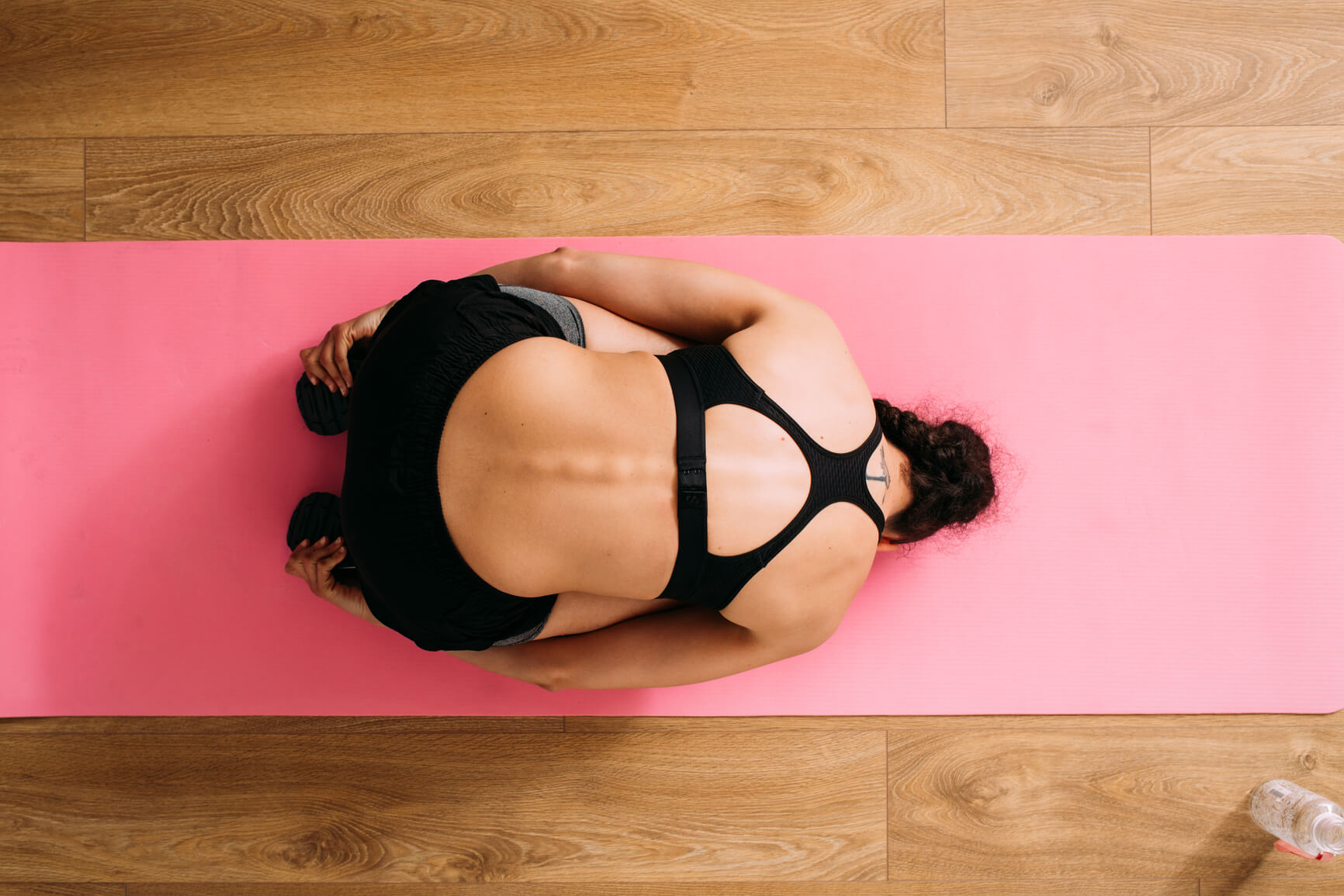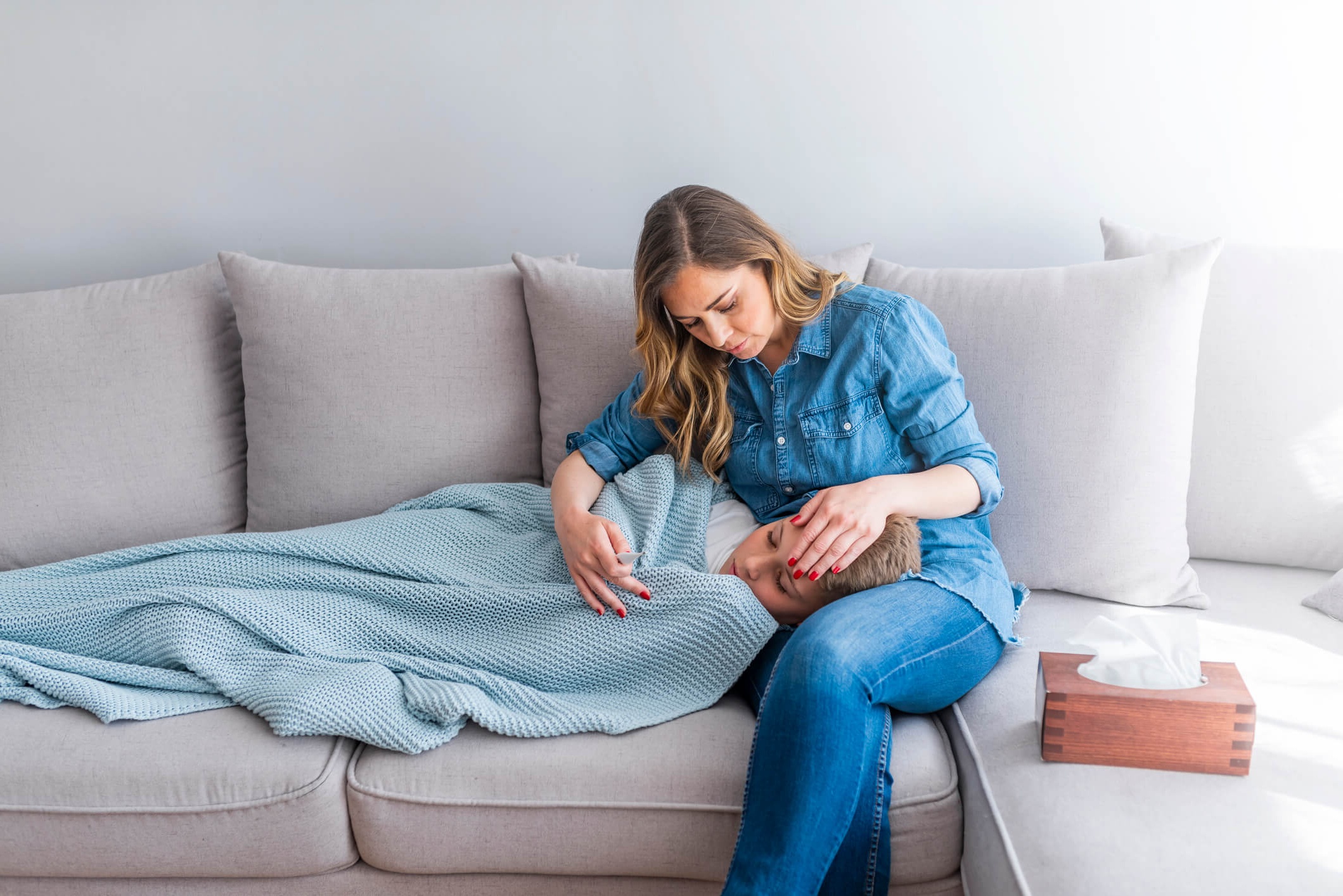-
Do you get a sore back from time-to-time, or suffer from chronic pain? Back pain and back problems is the third leading cause of disease burden in Australia, and according to new data from the Medibank Better Health Index, nearly one in two Aussies (40.9%) experience back pain, affecting women (43.4%) more than men (38.3%).
Back pain affects people of all ages, with lower back pain the most common complaint. In fact, estimates claim that 70-90% of people suffer from lower back pain at some point in their lives. Most of the time it passes in a few days or weeks, however for some people back pain never fully goes away, becoming a chronic condition that can be difficult to treat.
Ongoing back problems are most common among those aged 65-79. These problems include a range of conditions involving the complex structure of bones, joints, muscles and nerves that make up the back.
What causes back pain?
Back pain can be the result of a wide range of things, including heavy lifting, sudden movement, and falls. Sometimes you might know exactly what caused it, while other times the origin is a mystery. The most common reasons are muscle or ligament strain, bulging or ruptured disks, osteoarthritis, osteoporosis, and skeletal irregularities such as scoliosis.
It is also worth noting that back pain can be a symptom of other medical conditions. And if the pain becomes too intense or lasts longer than six weeks, you should see a doctor or physiotherapist.
How can I prevent back pain?
There are some simple things you can do, or avoid doing, to guard against hurting your back. These include:
- Posture. Whether standing or sitting, hold yourself upright, balance your weight evenly, and if you work at a desk, set your computer and keyboard up properly. And try to avoid sitting down for long periods without a break.
- Driving. Make sure your lower back is supported, your mirrors are positioned to limit twisting or straining, and take regular breaks when driving long distances.
- Sleeping. Are you sleeping correctly? A lot of back pain is the result of unsupportive mattresses, and pillows that don’t support the neck properly.
- Exercise. You can improve the flexibility and strength of your back muscles through exercise. In general, gentle exercises like yoga, Pilates, walking and swimming are great options.
- Lifting. Avoid heavy lifting where possible. If it’s part of your job, make sure your legs do all the work. Keep your back straight, bend only at the knees, and find a lifting partner for extra heavy items.
So, what should I do if I experience back pain?
Figure out the cause
If you begin to experience back pain, try to isolate the potential cause so you can avoid repeating any movements or activities that may have contributed. To avoid the pain or injury worsening, take care not to twist, jolt or strain your back until the pain subsides.
Manage your back pain
While back pain has many causes, there are some things you can do to relieve the pain, or stop it from intensifying.
- Stay active. Try to get on with your daily life, including work, home and social activities.
- Try exercises and stretches for back pain. Consult your physio or doctor about the best exercises for you. Activities like Pilates, yoga walking and swimming are generally good for back pain.
- Pain relief. Try using over-the-counter pain relief like ibuprofen or paracetamol to relieve the pain, but remember to check if the medicine is safe for you before you take it.
See your doctor or physiotherapist
Sometimes you may need a doctor or physiotherapist to help treat or manage back pain, particularly if:
- The pain doesn’t start to improve in a few weeks
- The pain stops you from doing your day-to-day activities
- The is getting worse over time
- You’re worried about the pain, or struggling to cope.
Suffering from a sore back?

-
What causes bad breath?
Find out how to keep your mouth smelling fresh
-
Signs to look out for when a cold is getting more serious
When you should see a doctor for a cold.
-
The health checks to keep in mind at different stages in your life
Have you had these health checks?
-
Bowel cancer: risks, symptoms, diagnosis and treatment
Learn more about bowel cancer
-
Flu myths debunked
Is 'man flu' real? Can you catch the flu from the flu vaccine? We separate flu facts from flu fictions.
-
Where to get health support in Australia
An Overseas Student Health Cover member’s guide to key health services and when to use them.
Subscribe to receive the best from Live Better every week. Healthy recipes, exercise tips and activities, offers and promotions – everything to help you eat, move and feel better.
By clicking sign up I understand and agree to Medibank's privacy policy






